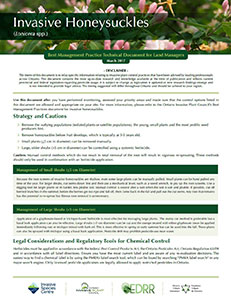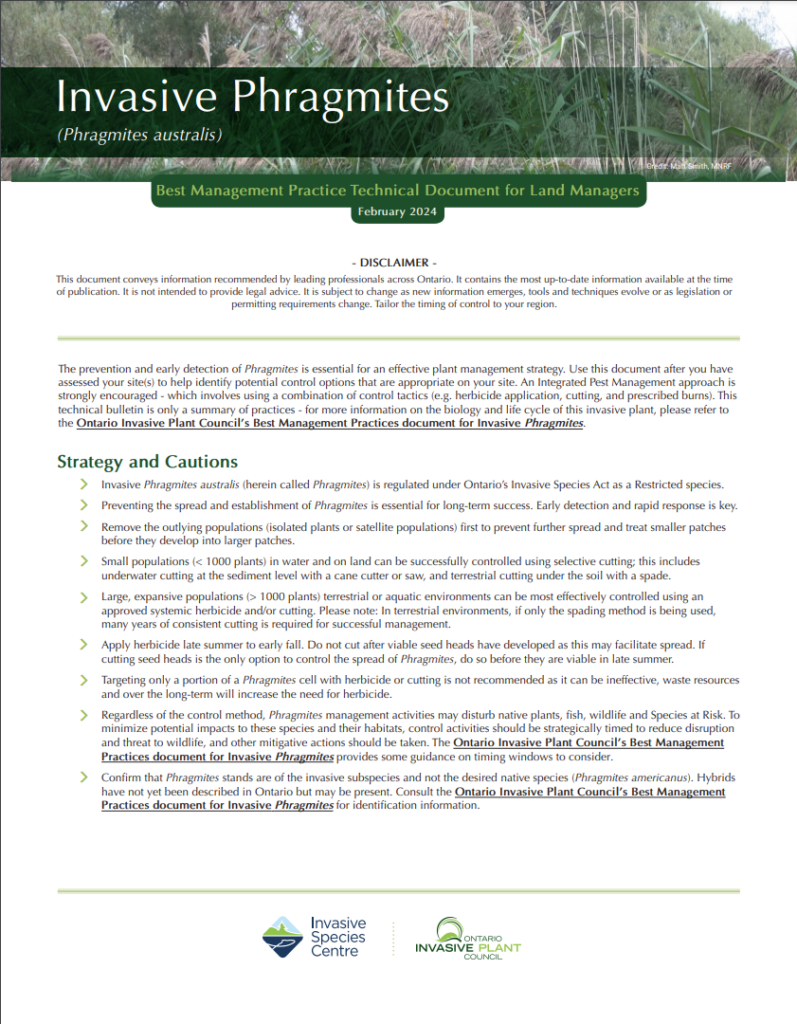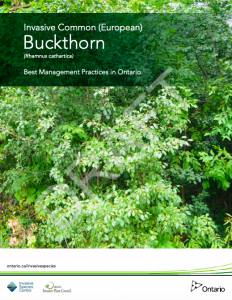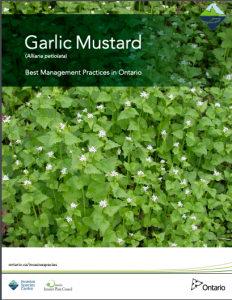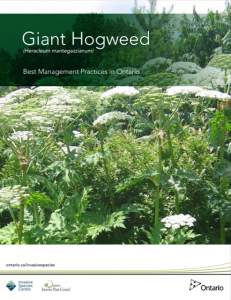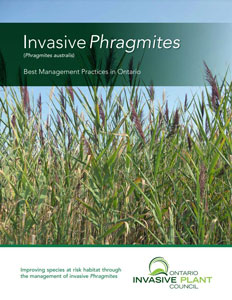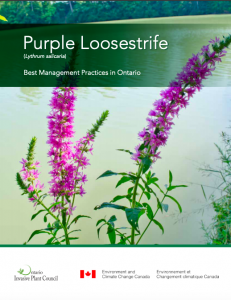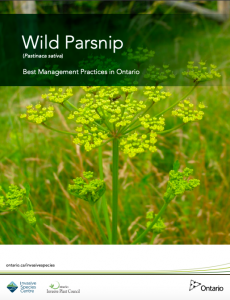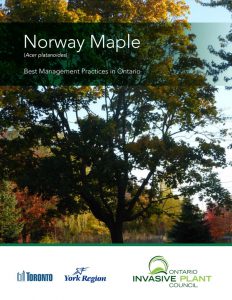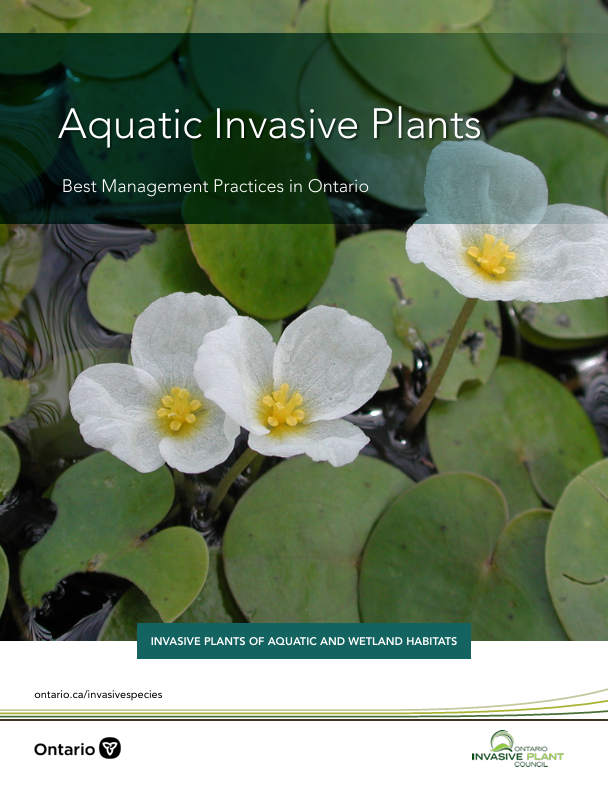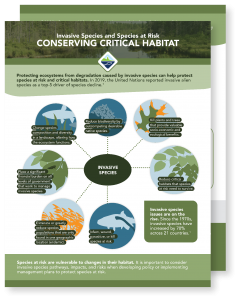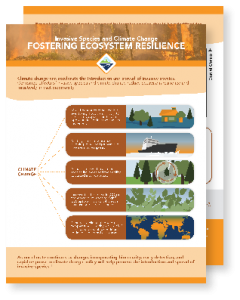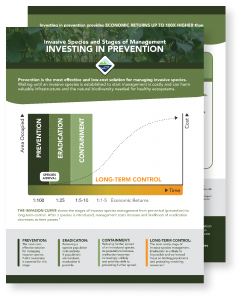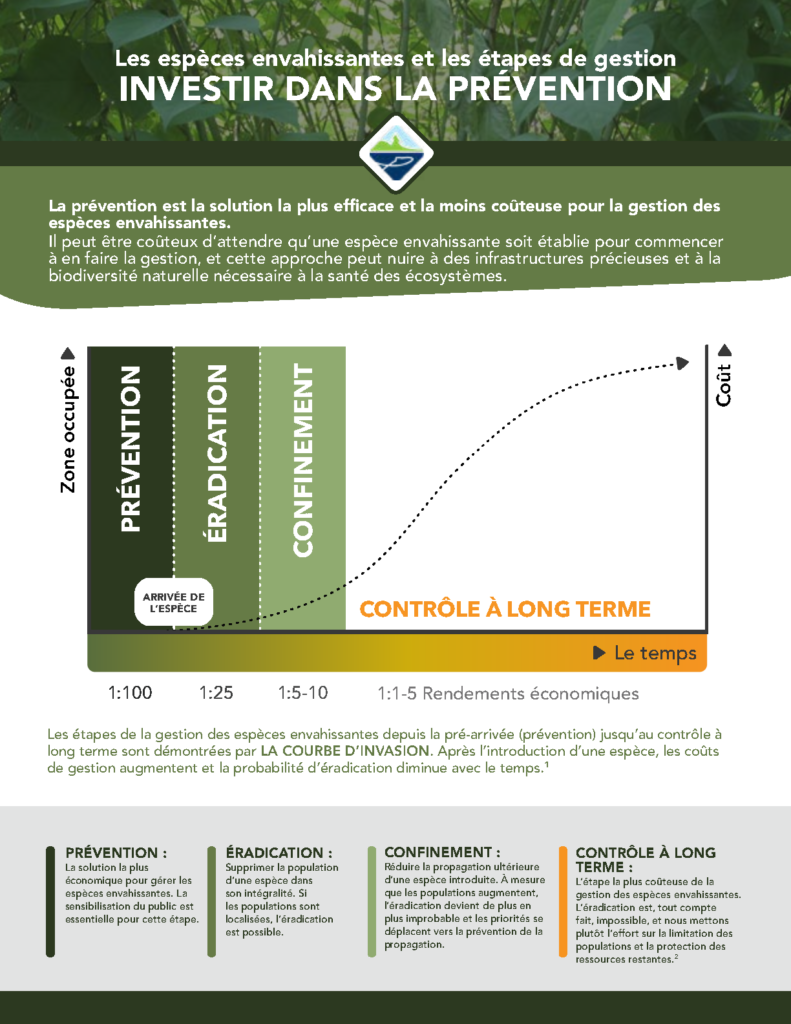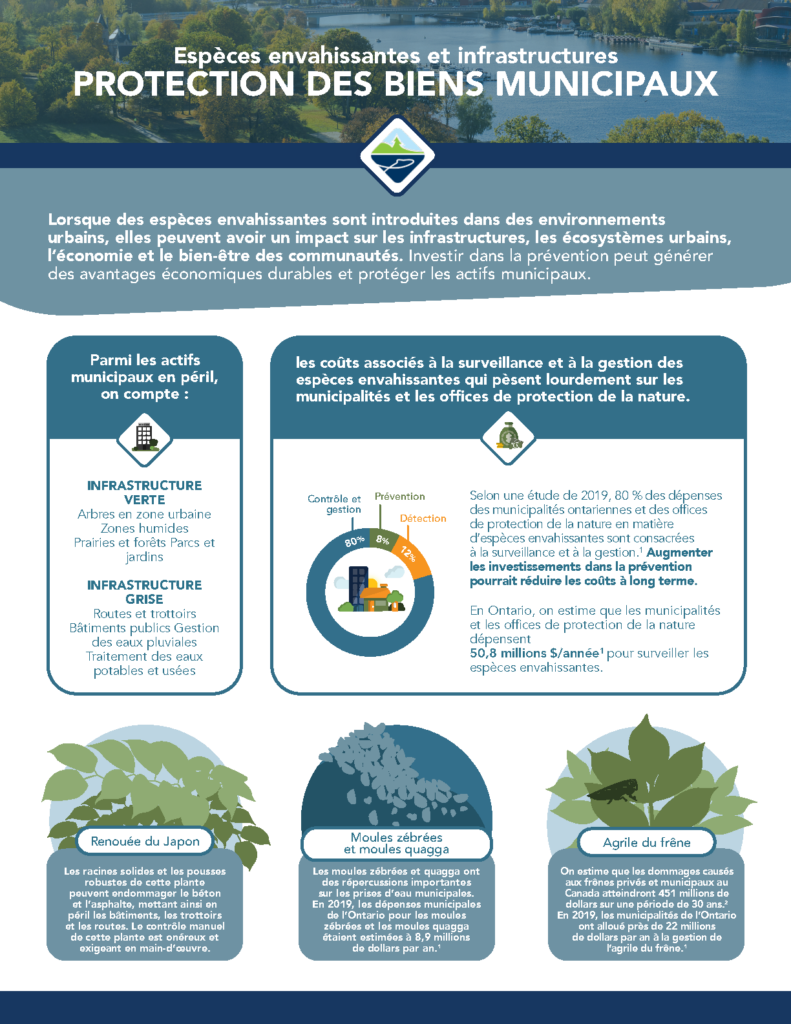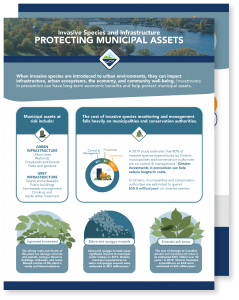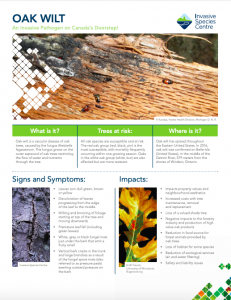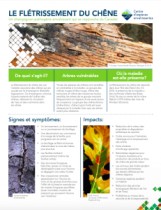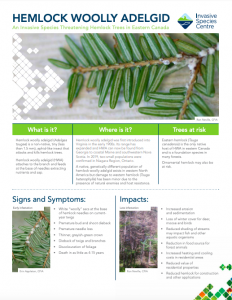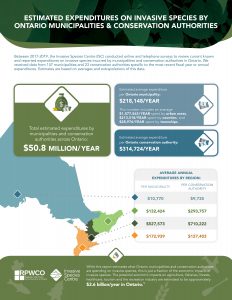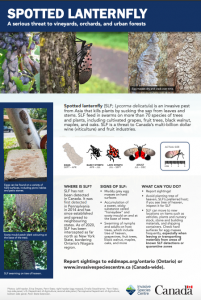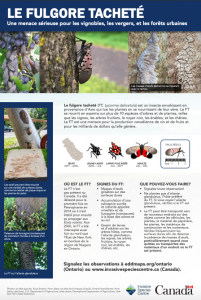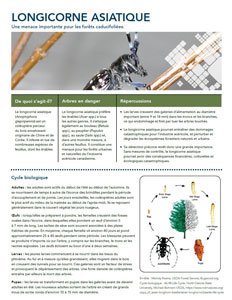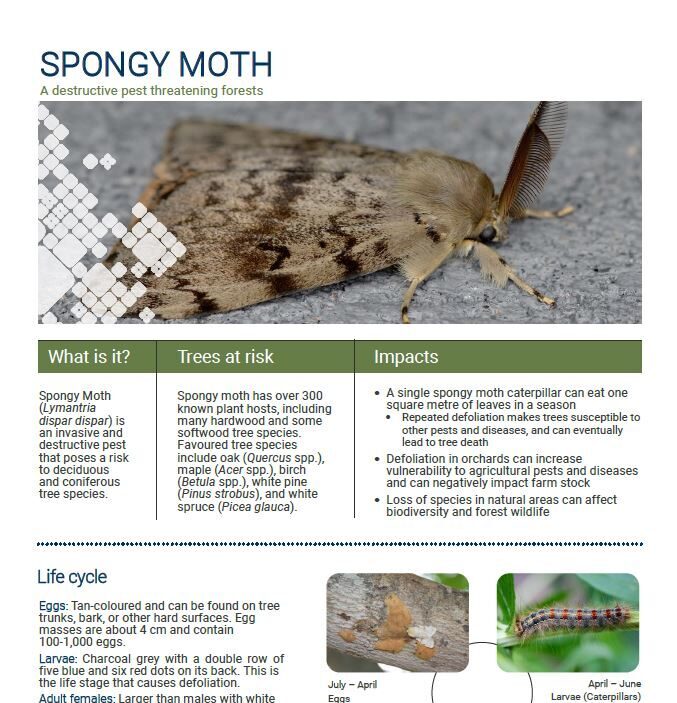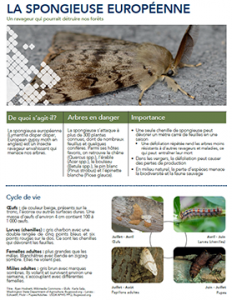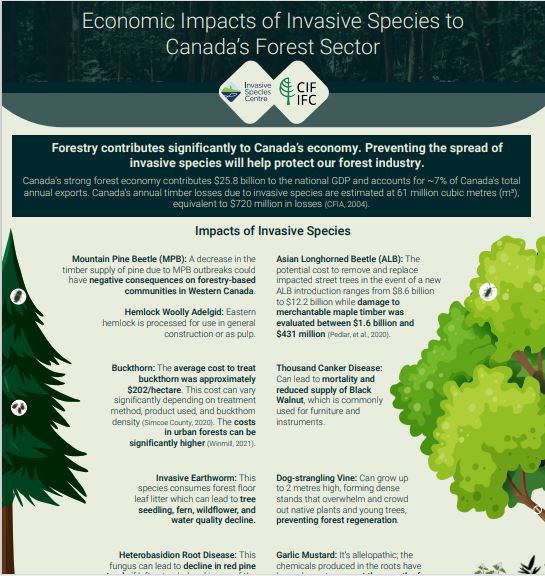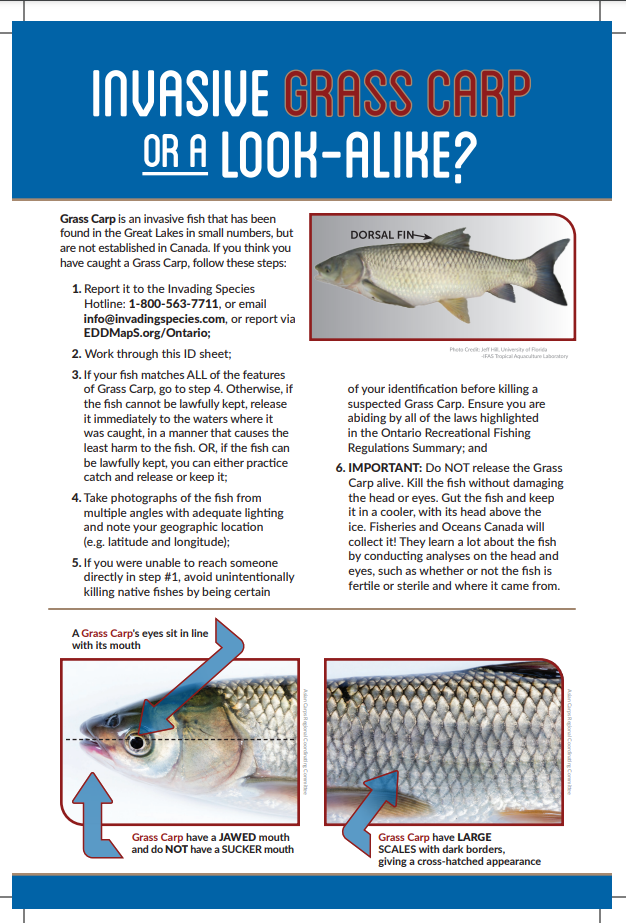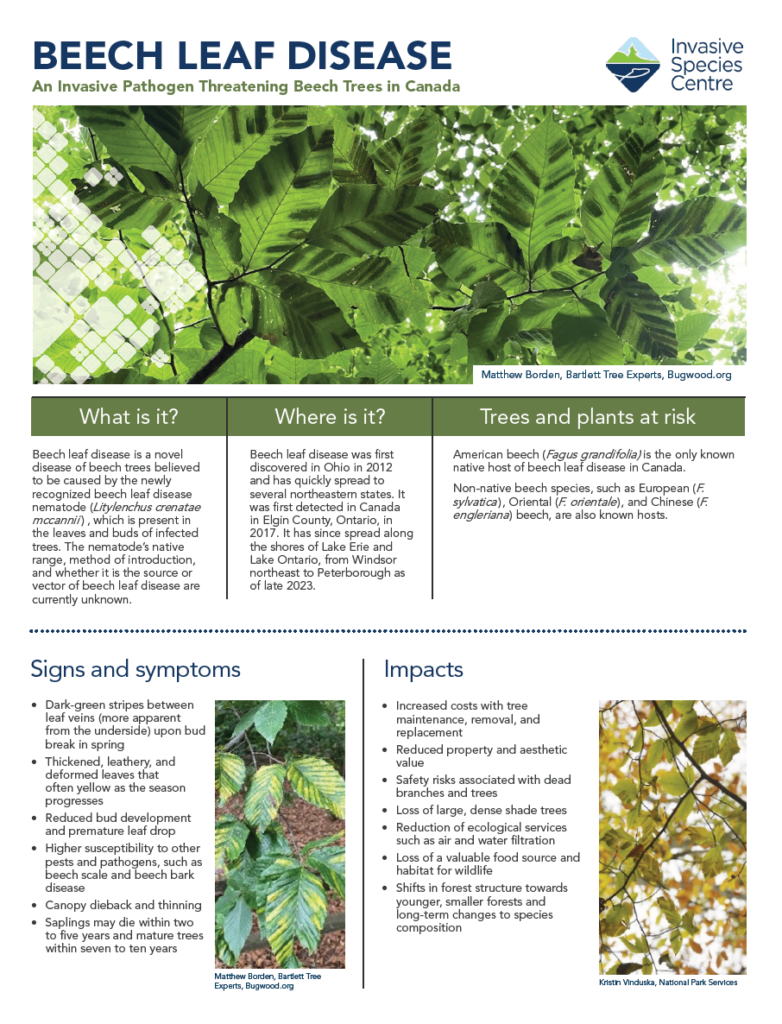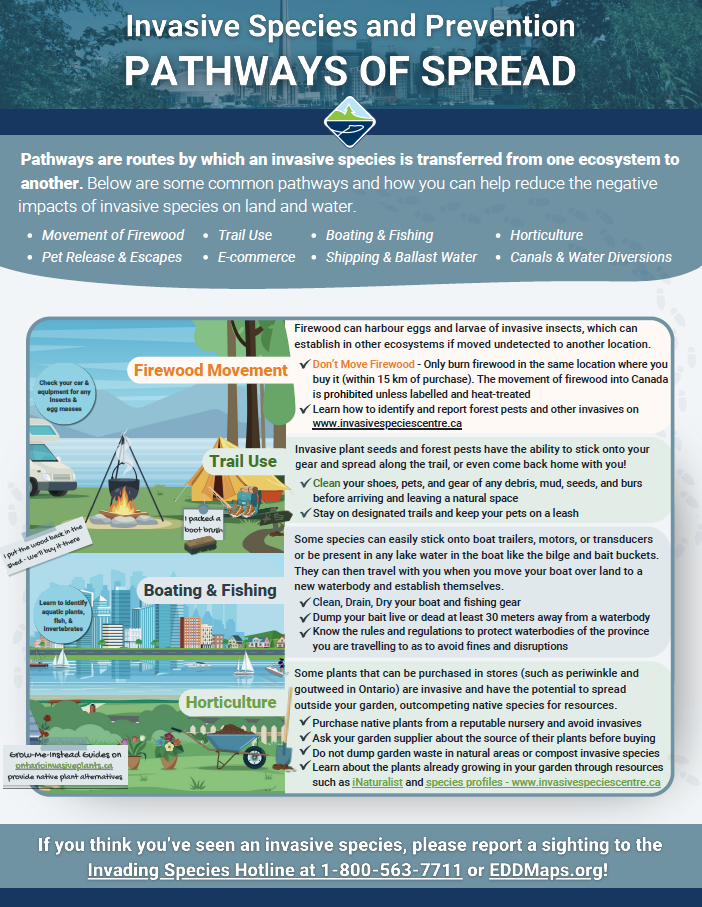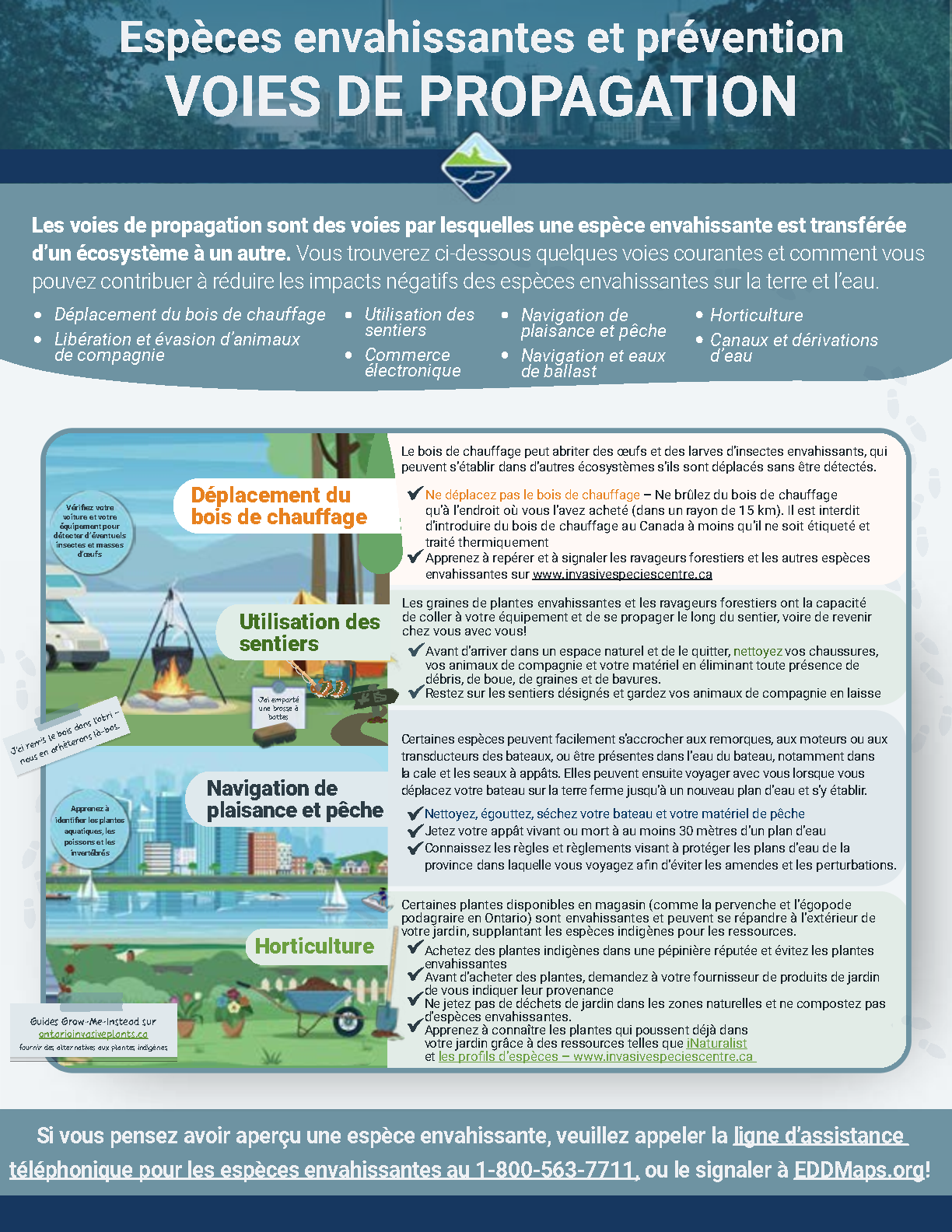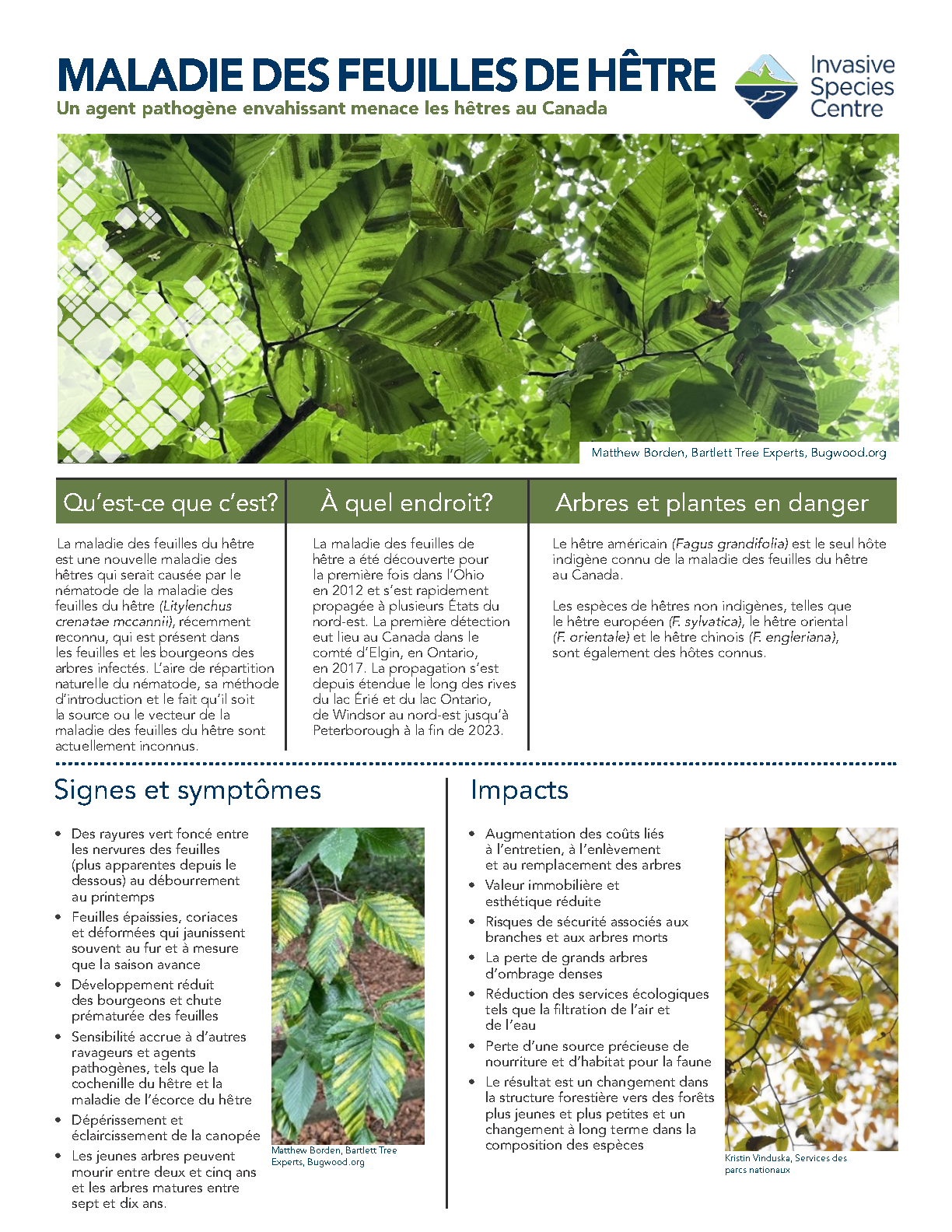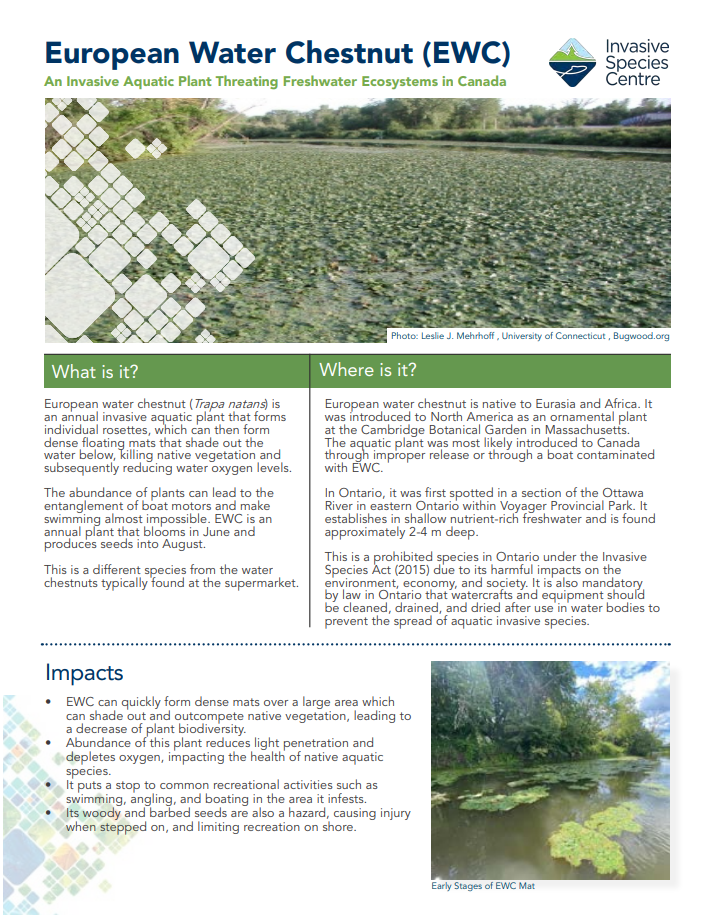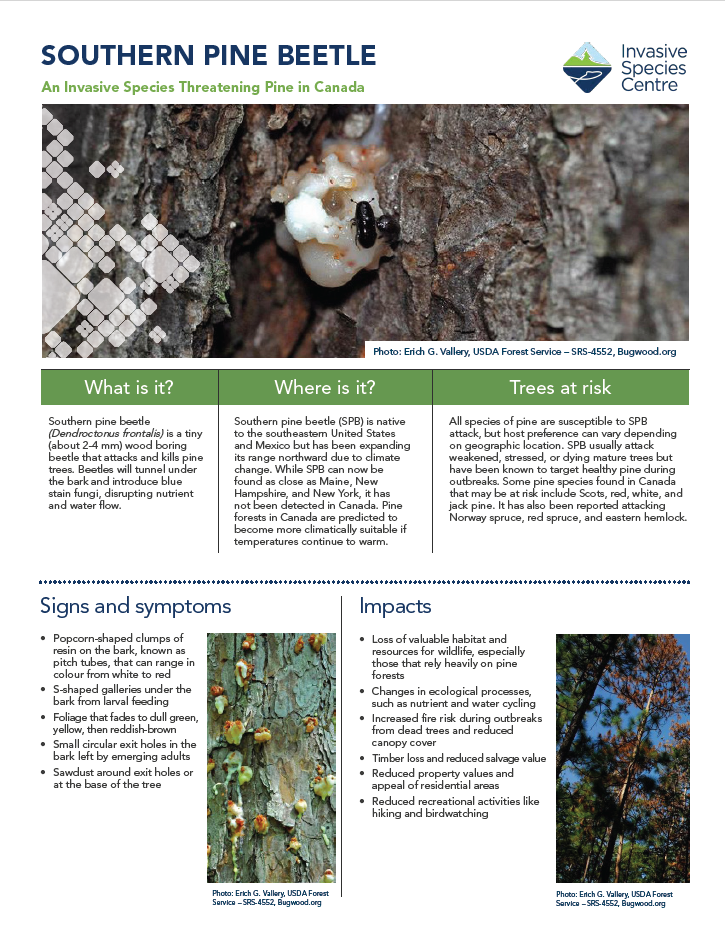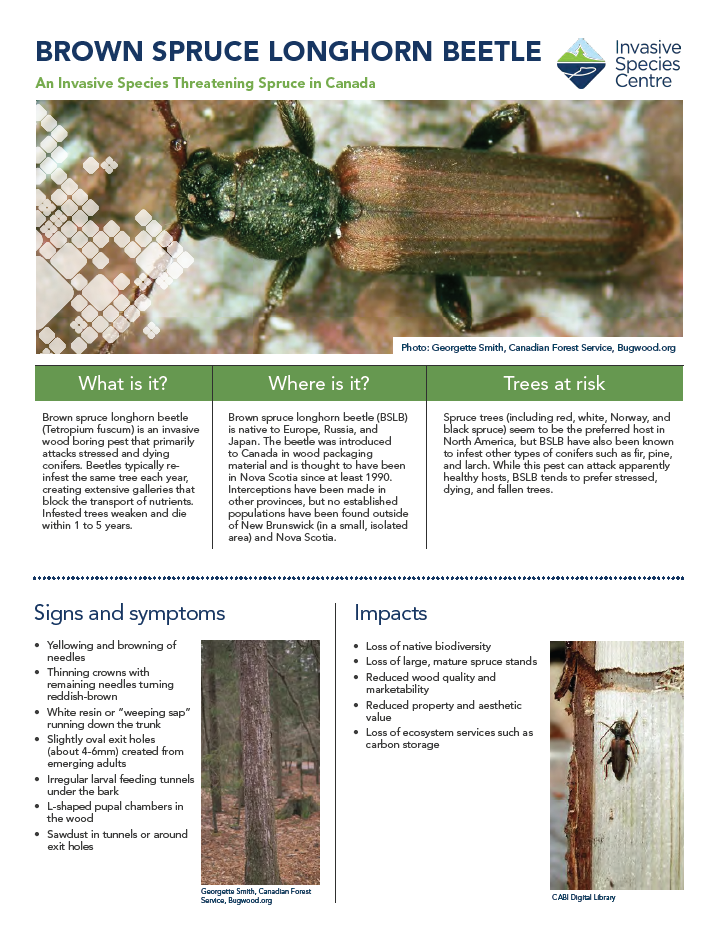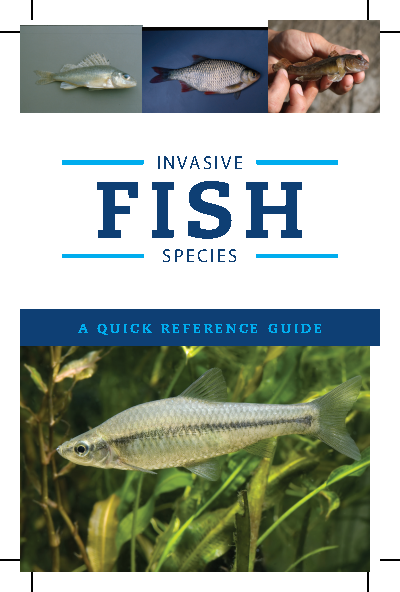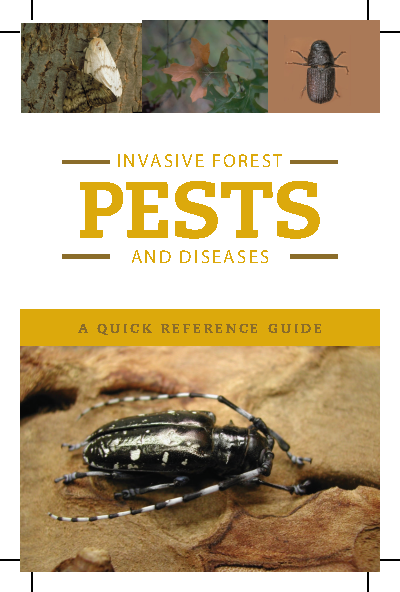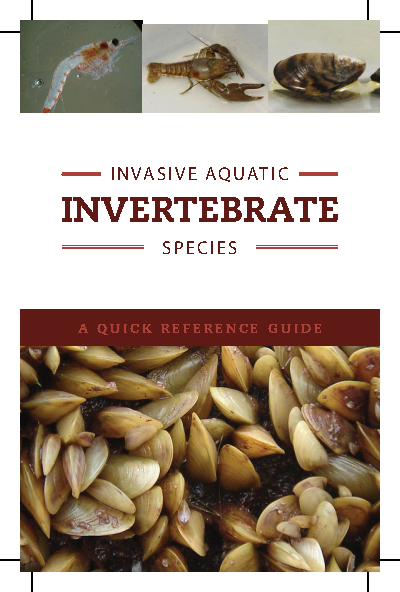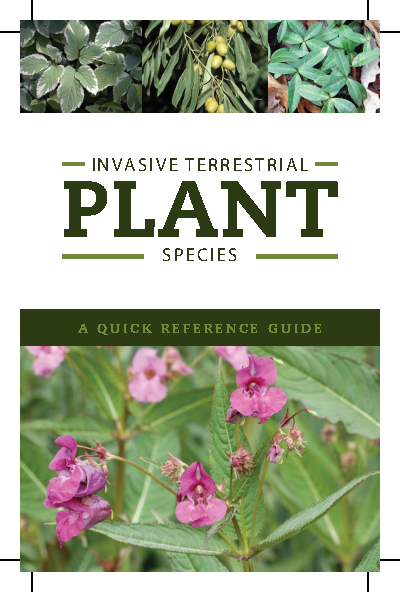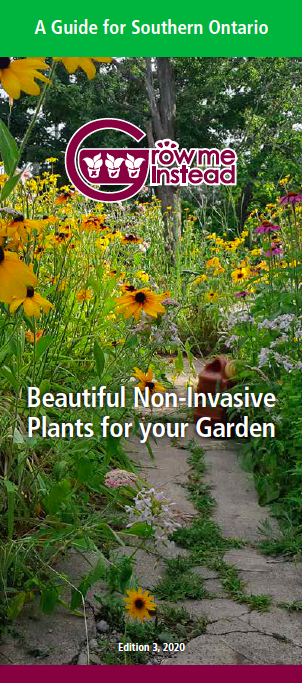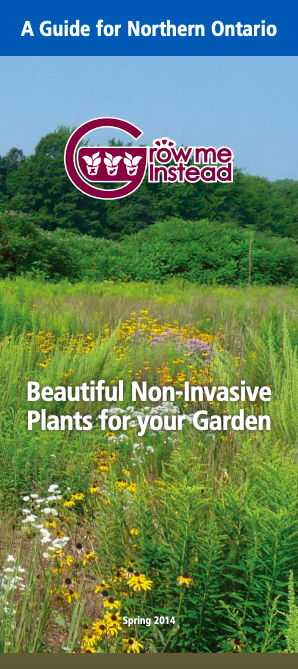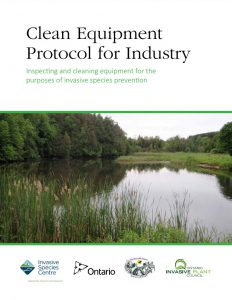The in-depth invasive species resources on this page include technical bulletins, best management practices, and videos. These resources are aimed at helping resource managers and the public in the fight against invasive species. Control techniques outlined in the technical bulletins and best management practices inform resource managers on how to handle invasive species, while the descriptions help inform the general public on identification.
Table of Contents
Technical Bulletins
In 2017, the Early Detection & Rapid Response Network worked with leading invasive plant control professionals across Ontario to create a series of technical bulletins to help supplement the Ontario Invasive Plant Council’s Best Managemet Practices series. These brief documents were created to help invasive plant management professionals use the most effective control practices in their effort to control invasive plants in Ontario.
*Please note: the Invasive Plant Technical Bulletin Series is currently undergoing some updates and will be reposted when the process has been completed. In the meantime, some documents are unavailable. Please visit the Ontario Invasive Plant Council website for updates.
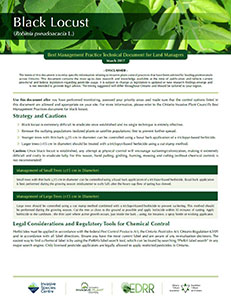
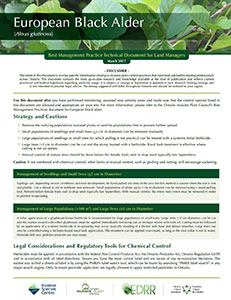
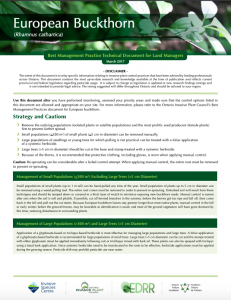
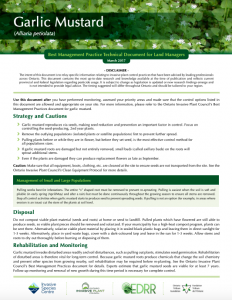
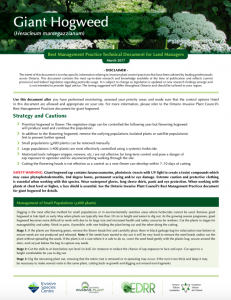

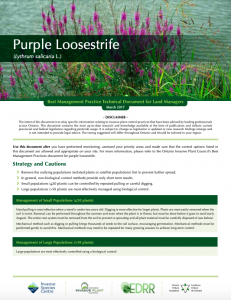
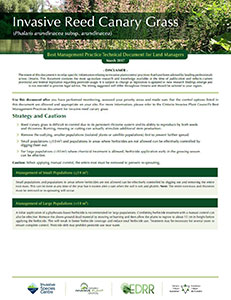

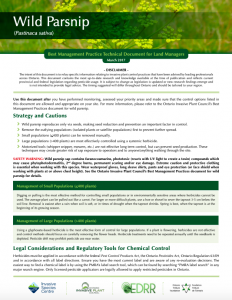
Best Management Practices
These Best Management Practices (BMPs) are designed to provide guidance for managing invasive plants in Ontario. They were developed by the Ontario Invasive Plant Council (OIPC) and its partners, the Ontario Ministry of Natural Resources and Forestry (OMNRF), and the Ontario Ministry of Agriculture, Foods, and Rural Affairs (OMAFRA). These guidelines were created to complement the invasive plant control initiatives of organizations and individuals concerned with the protection of biodiversity, agricultural lands, crops, and natural lands.
*Please note: some Best Management Practices documents are undergoing review and not available at this time.
Fact Sheet Series
The Invasive Species Centre created these fact sheets to highlight significant issues in the invasive species world. Click the links below to learn more.
Quick Reference Guides
A resource from the Invading Species Awareness Program.
Grow Me Instead Guide
Choose non-invasive plants using the Grow Me Instead Guide!
The Grow Me Instead Guide is a staple for those seeking to shift to non-invasive garden alternatives. This resource was created by the OIPC’s Horticulture Outreach Collaborative, of which ISC is a contributing member
Clean Equipment Protocol
Invasive species are plants, animals and microorganisms that have been accidentally or deliberately introduced into areas beyond their normal range, that outcompete native species. Invasive species are a major threat to Ontario’s natural areas, and are very costly to deal with once established.
Invasive species can be spread to new areas by contaminated mud, gravel, soil and plant materials on vehicles and machinery.
The best practice is to prevent the spread of invasive species. By inspecting and cleaning equipment and following some simple guidelines, the risk of spreading invasive plants is greatly reduced.
* These documents were produced by the Ontario Invasive Plant Council for the Invasive Species Centre.

